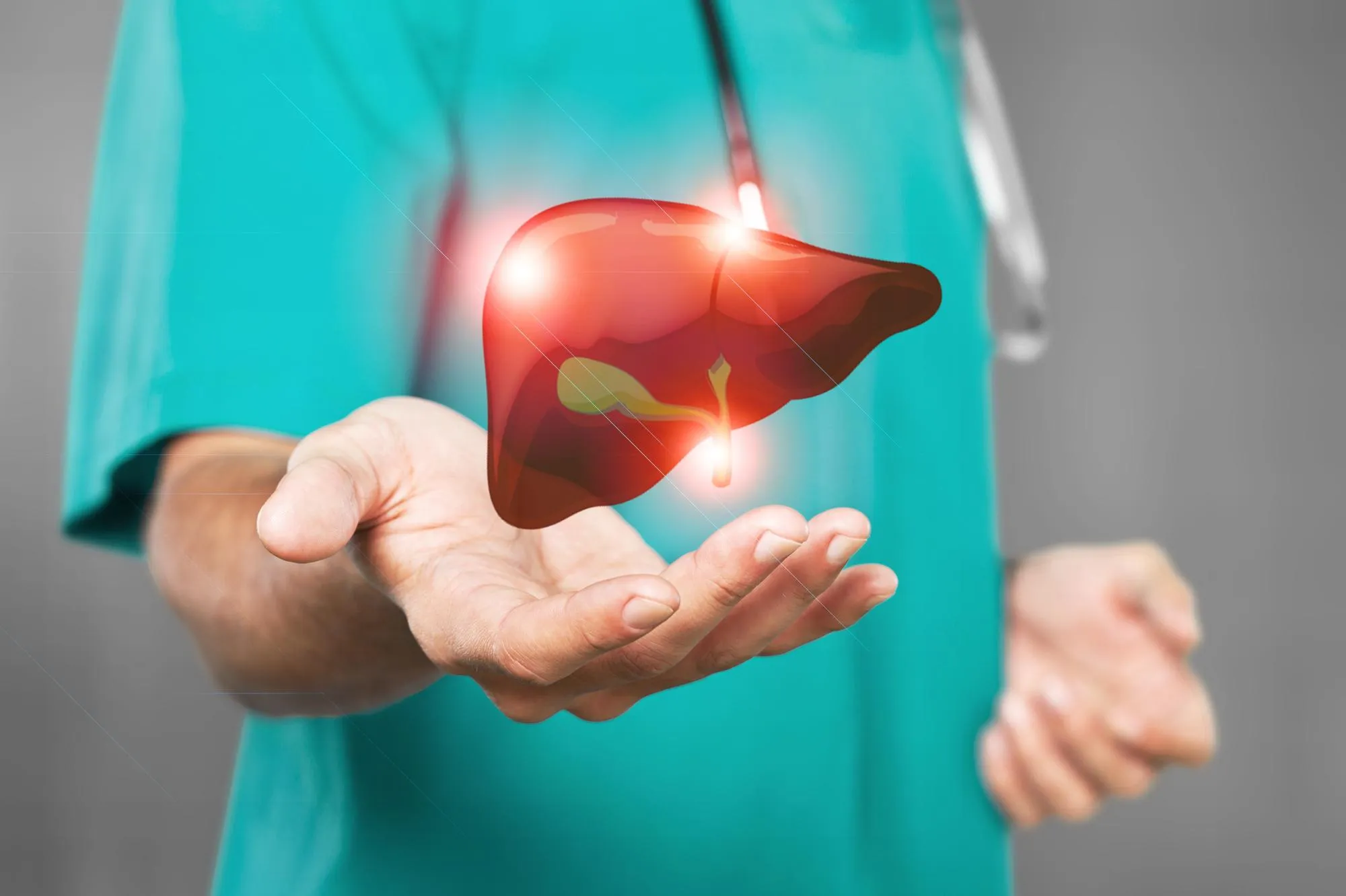A recent study published in the “Journal of Clinical Densitometry” highlights the potential moderating effect of handgrip strength on the link between obesity, metabolic syndrome, and nonalcoholic fatty liver disease (NAFLD) in adolescents. The research article, led by Lee Kayoung from the Department of Family Medicine at Busan Paik Hospital, Inje University, Busan, Republic of Korea, reveals compelling evidence that body mass index (BMI) and metabolic syndrome severity are associated with an increased risk of NAFLD among adolescents – a concern that is seemingly attenuated by higher levels of handgrip strength.
The Study In-Depth
The study, with its DOI: 10.1016/j.jocd.2019.04.003, analyzed data from 1,690 adolescents aged 10-18 years that were part of the Korea National Health and Nutrition Examination Survey conducted between 2014 and 2016. Using alanine aminotransferase (ALT) levels as an indicator for NAFLD, the researchers considered various factors such as age, sex, BMI Z-scores, and metabolic syndrome scores. Importantly, handgrip strength was also measured, standardized according to body weight, sex, and age.
The prevalence of NAFLD among adolescents was found to be 1.5% overall, and 6.7% among those classified as overweight. After adjusting for handgrip strength, the researchers discovered that BMI Z-scores and metabolic syndrome scores were positively correlated with NAFLD. Conversely, higher levels of handgrip strength were linked to a reduced risk of NAFLD, particularly after adjusting for metabolic syndrome scores.
Key Findings and Implications
1. The Role of Handgrip Strength: When adolescents had higher levels of bodyweight-, sex-, and age-standardized handgrip strength, the associations between BMI Z-scores and ALT levels were weakened. Similarly, the relationship between metabolic syndrome scores and ALT levels showed a decrease in strength with increased handgrip strength.
2. Cut-off Values for Handgrip Strength: Researchers established cut-off values for handgrip strength that changed the strength of the association between BMI and metabolic syndrome with ALT levels. For instance, in overweight adolescents, these cut-off values were -0.13 for BMI and -0.15 for metabolic syndrome. Above these values, the associations between risk factors and NAFLD were less significant or even negative.
3. Moderating Effects on NAFLD Risks: The findings of the study suggest that improving handgrip strength could be a strategic approach to mitigating the risks associated with obesity and metabolic syndrome leading to NAFLD in adolescents. This insight adds a new dimension to preventative strategies against chronic liver conditions in the young population.
The Broader Context
Nonalcoholic fatty liver disease has emerged as a major health challenge affecting young individuals, associated with an alarming rise in obesity rates worldwide. As NAFLD can progress to more severe liver conditions, identifying modifiable factors that could mitigate associated risks is crucial.
Recommendations and Future Research
The study recommends integrating strength-training exercises, specifically targeting handgrip strength, into lifestyles from an early age. This proactive step could potentially reduce the burden of NAFLD among adolescents, particularly those at higher risk due to obesity and metabolic syndrome.
However, future research is necessary to further understand the causal relationships and to explore the most effective interventions regarding handgrip strength training in the pediatric population.
Limitations
While the study’s findings are significant, it is crucial to bear in mind the observational nature of the research. Causality cannot be inferred, and further randomized controlled studies would be necessary to establish cause and effect.
Conclusion
In essence, the study conducted by Lee Kayoung et al. underscores handgrip strength as a possible moderator in the relationship between obesity/metabolic syndrome and indicators of NAFLD in adolescents. This new insight could pave the way for innovative approaches in tackling the rising tide of obesity-related liver disease in young populations.
References
1. Lee, K. (2020). Moderation Effect of Handgrip Strength on the Associations of Obesity and Metabolic Syndrome With Fatty Liver in Adolescents. “Journal of Clinical Densitometry”, 23(2), 278-285. DOI: 10.1016/j.jocd.2019.04.003
2. Schwimmer, J.B., Deutsch, R., Kahen, T., Lavine, J.E., Stanley, C., & Behling, C. (2006). Prevalence of fatty liver in children and adolescents. “Pediatrics”, 118(4), 1388-1393.
3. Patton, H.M., Sirlin, C., Behling, C., Middleton, M., Schwimmer, J.B., & Lavine, J.E. (2006). Pediatric nonalcoholic fatty liver disease: a critical appraisal of current data and implications for future research. “Journal of Pediatric Gastroenterology and Nutrition”, 43(4), 413-427.
4. Brouwers, M.C.G.J., Simons, N., Stehouwer, C.D.A., & Isaacs, A. (2020). Nonalcoholic fatty liver disease and cardiovascular risk: Pathophysiological mechanisms and implications. “Journal of Hepatology”, 73(3), 522-533.
5. Vos, M.B., Abrams, S.H., Barlow, S.E., Caprio, S., Daniels, S.R., Kohli, R., … & Zeitler, P. (2011). NASPGHAN clinical practice guideline for the diagnosis and treatment of nonalcoholic fatty liver disease in children: recommendations from the expert committee on NAFLD (ECON) and the North American Society of Pediatric Gastroenterology, Hepatology and Nutrition (NASPGHAN). “Journal of Pediatric Gastroenterology and Nutrition”, 53(2), 274-285.
Keywords
1. Adolescent Health
2. Nonalcoholic Fatty Liver Disease
3. Handgrip Strength
4. Metabolic Syndrome in Youth
5. Obesity-linked Liver Risk
